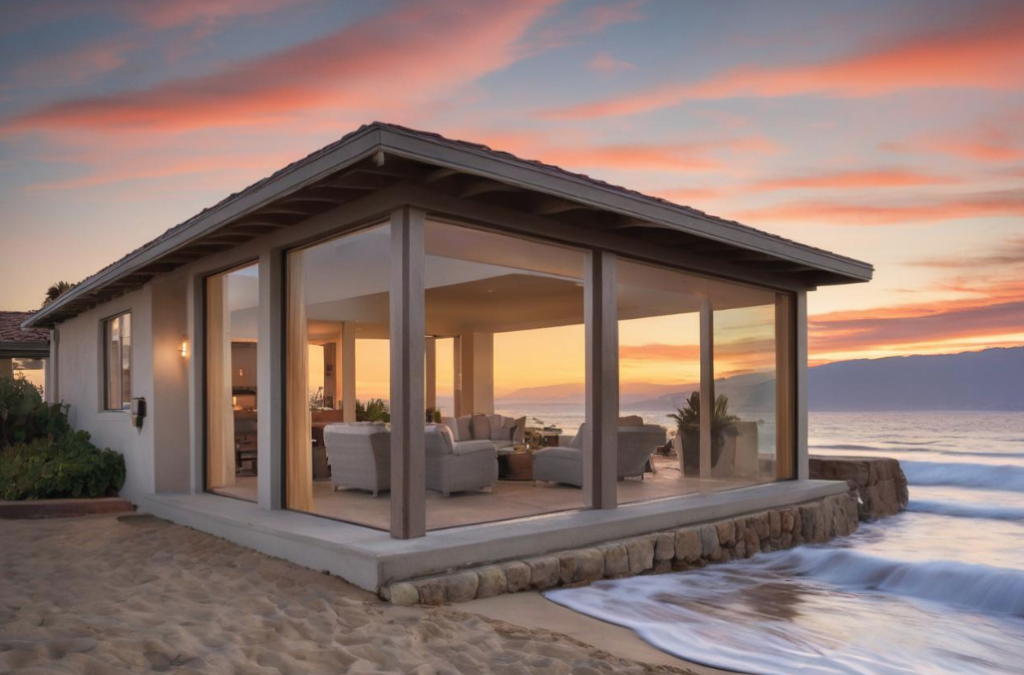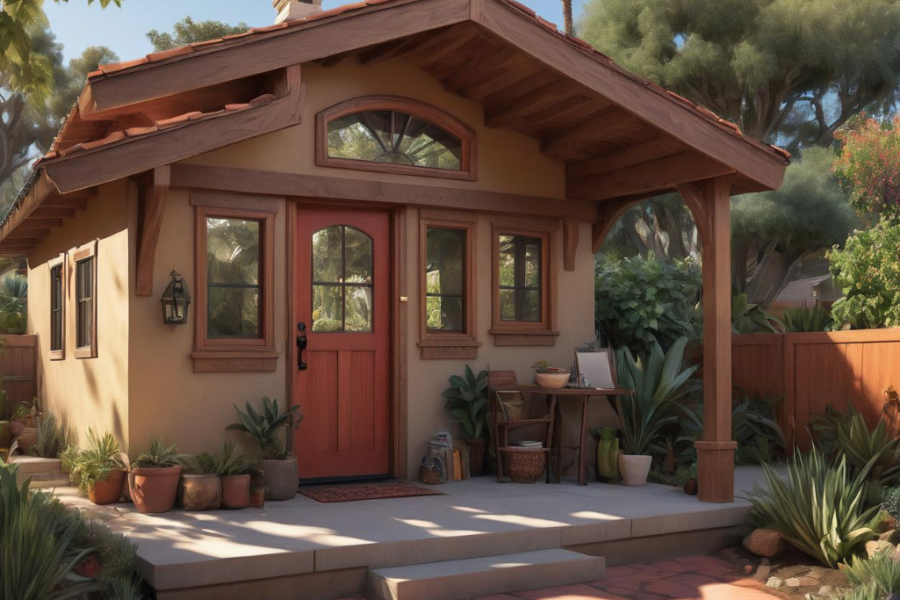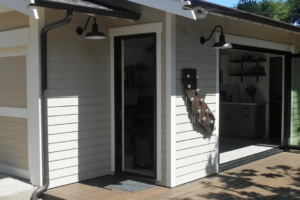
Accessory Dwelling Units are one of California’s major tools for addressing the housing crisis. Often called “in-law” units or casitas.” Accessory Dwelling Units are additional self-contained units alongside existing or proposed homes, built to modern building codes.
Most single-family homeowners are not eligible to develop at least one Accessory Dwelling Unit up to 1000 square feet, and multifamily property owners can develop multiple new units. Second Units are similar but have some differences that we highlight below:
Accessory Dwelling Unit:
- Not recognized by city or county as a second unit (sometimes it is though)
- The market does NOT consider it a second unit
- Probably does not contribute as much to the value
- Inferior to the main unit in size and location (maybe quality too)
- Has a kitchen, bathroom, and sleeping area
- May or may not be separately metered
- May or may not have a separate address
- May or may not be attached to the main house
Second Unit:
- Recognized by city or county as a second unit
- The market recognizes it as a second-unit
- Likely contributes more substantially to the value
- Zoning allows two units
- It is probably separately metered
- Most likely has a separate address
- May or may not be inferior in size and location to the other unit
- May or may not be attached to the main unit
On a local level, Accessory Dwelling Units supersede local jurisdiction (until or unless a City adopts a new ordinance) for Secondary Dwelling Units. It’s important to note that projects within the Coastal Zone still fall under the permitting requirements of the Coastal Act.
Josh Sewall is a local Santa Barbara Architect and has another take on Accessory Dwelling Units.
“Aging in Place,” that is, not moving to a separate rest home or its equivalent, staying in the family and community mix is the most desirable senior residential outcome by far according to every kind of senior. This kind of family arrangement (a community with privacy) is now possible with the new Accessory Dwelling Unit provision in California.
The biggest benefit to aging in place is that “oldsters” will maintain their dignity, independence, and inclusion in the family support system as long as humanly possible. If a parent needs senior care and cannot afford it, with an Accessory Dwelling Unit, they have an opportunity to remain in the family setting where care is close without feeling underfoot.
We all want to live the fuller life that aging in place allows. When alone people get lost, give up, then sink into desperate isolation. Depression can be a silent killer for seniors in our society. An active defense against this kind of loneliness is living close to family, seeing friends around town, and having convenient access to services, markets, churches, and nature. Simple but necessary. A family compound approach with an accessory dwelling unit provides a tool for many to extend their resources and let those close to them who have gotten on in years live out their days with greater peace of mind in a familiar setting and more dignity.

………………………






